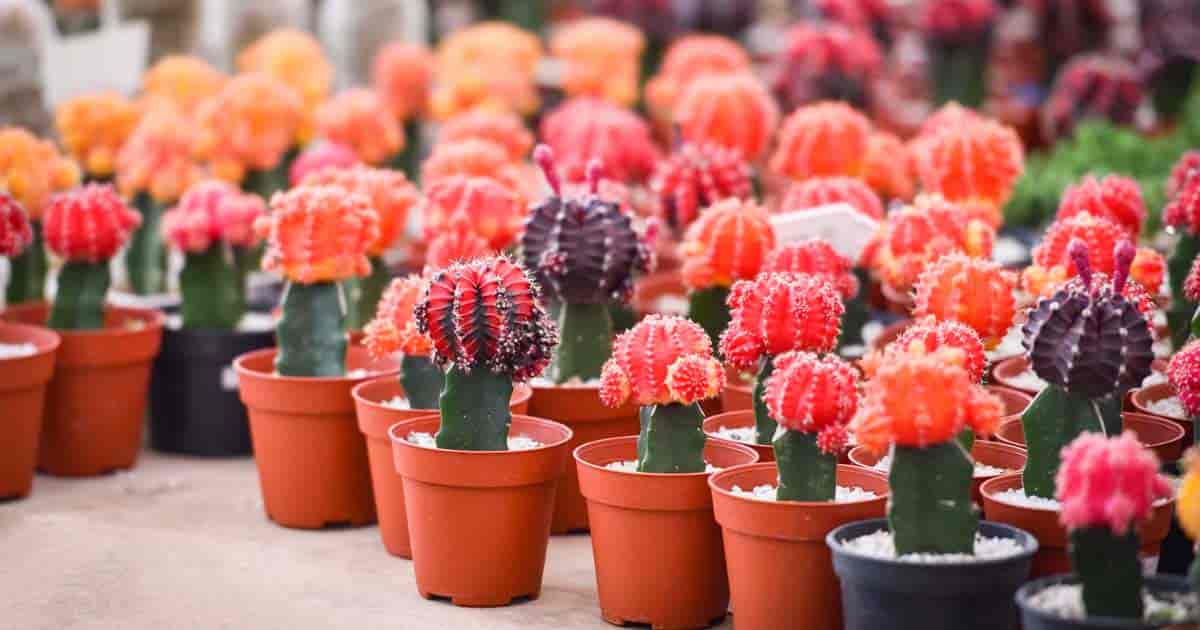Introduction
Gymnocalycium cactus is a genus of some 100 to 200 species of cacti. They are native to the Americas, mostly in the southern half. The common name refers to their appearance as they grow up on the side of a hillside. The cactus flowers are small and yellowish green with four petals…
Gymnocalycium cactus
Gymnocalycium cactus is a genus of some 100 to 200 species of cacti. They are native to the Americas, mostly in the southern half. The common name refers to their appearance as they grow up on the side of a hillside.
Gymnocalycium cacti are succulents that have fleshy stems and flowers at their tops. Many species have thorns and spines on their stems or branches; others do not have any defenses against predators like birds and lizards who eat them when they get too close or touch them accidentally while walking through an area where there are many other plants with thorns or spines (such as agaves).
Gymnocalycium
Gymnocalycium cactus is a genus of some 100 to 200 species of cacti. They are native to the Americas, mostly in the southern half. The common name refers to their appearance as they grow up on the side of a hillside. Their flower heads are usually large and showy, sometimes with over 200 white or pink flowers per head.
Gymnocalycium cactus has been used as food by humans since ancient times; it was highly appreciated for its tenderness and juiciness (which made it easy for people who were not familiar with eating prickly plants). It was also eaten because of its medicinal properties: its stem can be boiled like yam or sweet potato with salt and lime juice added before being consumed as soup or stewed vegetables with meat or fish dishes (vegetarians could substitute tofu).
The common name refers to their appearance as they grow up on the side of a hillside.
The common name refers to their appearance as they grow up on the side of a hillside. Gymnocalycium cacti are perennial plants that produce yellow flowers and seed pods, with each pod containing one or two seeds. They are classified as succulents because they do not store water in their leaves or stems but instead make new roots from their stem during times of high moisture content in the soil (which can be caused by rain during summer months).
This cactus is also called a shrub or vine, depending on where you’re growing them; however, it’s commonly called a tree due to its bushy nature and ability to reach heights between 5-10 feet (1-3 meters). If left unchecked over time this plant may become invasive since its root system expands quickly within hardy soils like clay soils found near granite outcrops along cliffsides near oceanside beaches where waves crash against rocks below at high tide levels creating pools full with saltwater which attracts algae growths which feed off organic matter found within marine environments making them ideal places for cacti growth!
The cactus flowers are small and yellowish green with four petals. They grow in large clumps with many varieties having red or brown spines, usually more numerous on the older stems and those near the edges where it may resemble a hedgehog’s back. Dried specimens have a musky scent and smell faintly like sweet almonds.
Gymnocalycium cactus is a genus of some 100 to 200 species of cacti, native to the Americas but widely cultivated in tropical regions all over the world. They are generally small-sized plants with square stems and their flowers are greenish or yellowish-green with red markings at the base. Some species have white flowers while others have dark brown ones; almost all have small spines on their leaves or arms (the name “Cactus” comes from Greek kaktos meaning “a thorn”.)
The most famous member of this family is probably Gynmecyclium caribaeum which has been said to look like a giant flying saucer!
Conclusion
Cacti are among the most popular plants because they are easy to grow and there are many different varieties available. No matter what type of cactus you have at home, you can find one that will suit your needs and style.

